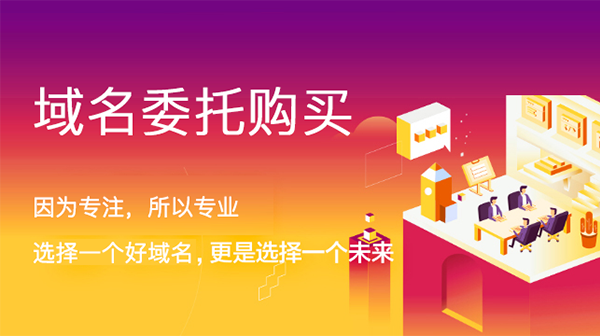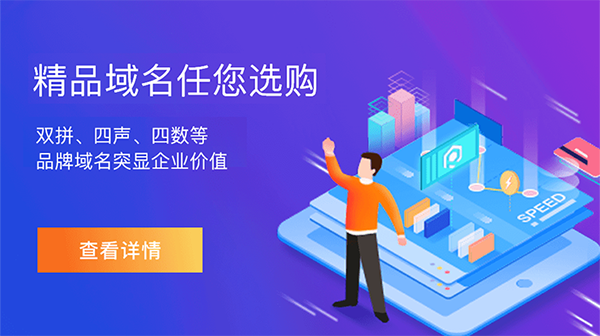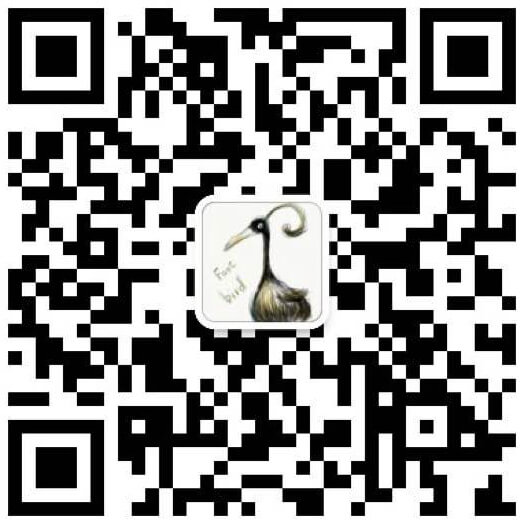 BOHEMIA波西米亚在酒具行业中的票数:852
BOHEMIA波西米亚在酒具行业中的票数:852
【BOHEMIA波西米亚是哪个国家的品牌?】
外推网助力BOHEMIA波西米亚品牌出海!将品牌入驻外推网,定制BOHEMIA波西米亚品牌推广信息,可以显著提高BOHEMIA波西米亚产品曝光,简直是跨境电商爆单神器!目前仅需1000元/年哦~
捷克的水晶玻璃很早就举世闻名。玻璃制造业起源于埃及,九世纪传入森林湖泊王国捷克。远古时代由于玻璃原料杂质多,熔化温度不高,玻璃没有熔化好,有大量未熔砂粒、气泡等缺陷,同时原料中铁、锰、钛等着色金属离子很多,玻璃往往是不透明或半透明的。到了13世纪,威尼斯人采用含杂质较少的石英岩和Levant的含钠的草木灰,熔化成无色透明的玻璃。15世纪时,原料质量更有了进一步改进,用Ticino河下游纯粹的石英砂和草木灰沸水溶液中再结晶的纯碱,得到的玻璃透明度比过去明显提高,与水晶相似,故命名为Cristallo,是一种钠钙水晶。钠钙水晶玻璃成分与现代器皿玻璃成分有些相似,玻璃易熔,适合于手工操作。13世纪以后,波希米亚人(Bohemian)在波希米亚(Bohemia,今属捷克)和西里西亚(Silsia)地区建立了十几个玻璃厂,除了要优质的石英砂为原料外,还用含碳酸钾的森林木材灰,如山毛榉林(beeth forests)的木材灰为引入碱性氧化物的原料,于是制成折射率较高的透明玻璃,也称水晶玻璃(crystalex),为了与威尼斯水晶玻璃相区别,称为波希米亚水晶玻璃(Bohemia Crystalex),由于用森林的木材灰为原料,故又称森林玻璃(Forext Glass)。
中世纪时波希米亚的水晶玻璃制造技术逐渐传到中欧和西欧,英、法等玻璃厂大都采用波希米亚钾钙和钾钠钙玻璃成分,熔化温度比较高,需要优良木材作燃料,砍伐了大量森林,1615年英国下令禁止用优质木材作为玻璃厂燃料,影响了玻璃厂生产。1670年英国人Ravenscroft发现在玻璃成分中加氧化铅(PbO)后,不仅降低了玻璃的黏度和熔化温度,玻璃易于熔化,料性长,成形方便,而且玻璃光泽度增加,更显晶莹剔透,并容易刻磨,就将铅玻璃投入生产,称为lead crystal。铅水晶的折射率、色散、密度均比钠钙水晶(Cristallo)、钾钙水晶(crystalex)为高,熔化、成形、刻磨性能均优于钠钙和钾钙水晶,因而得到推广。
波希米亚水晶经过“水晶炼造师”们五百年的努力,成为世界的水晶工艺品。18和19世纪,捷克的玻璃制造业得到发展,玻璃的行业集中在北波希米亚地区,其影响了整个欧洲市场并在海外享有一定的地位。
捷克Bohemia Crystalex Trading as(BCT)成立于1996年,是捷克较大的两家日用玻璃制造商(Crystalex Nový Bor和Sklo Bohemia Světlá)的出口集团。BCT购置另两大传统玻璃制造商(于1999年购置Sklárny Kavalier Sázava和于2000年购置Sklárny Bohemia Poděbrady)之后,成为捷克玻璃制造商的较大集团。
BCT生产家用、厨房用和各种室内装潢上所需的水晶玻璃、矽酸硼玻璃(borosilicate glass)和富铅水晶玻璃等花样种类繁多的产品。其产品百分之九十出口,销售网达到全球一百个国家以上。BCT集团已经成为捷克共和国重要日用和技术玻璃制造商和出口商,并且名列于世界上的玻璃公司。
Bohemia Crystal是捷克玻璃的悠久经验与新一代的玻璃师结合所造就的产品。其以蓝色镶金色的椭圆型为商标,成为捷克高品质水晶的同义词。其产品一般含有氧化铅(PbO)24%。根据捷克的行业标准,PbO≥30%为全铅水晶玻璃,PbO≥24%为中铅水晶玻璃,PbO≥7%为低铅水晶玻璃。铅水晶玻璃的折射率很高,色散很大,密度较高,有厚重的质感,敲击时有金属之声,余声绕梁,优美悦耳,用作酒具,碰杯时会产生良好的效果。
英文翻译:Czech crystal glass has long been known around the world. Glass manufacturing industry originated in Egypt and was introduced into the forest lake kingdom of Czechoslovakia in the ninth century. In ancient times, there were many impurities in glass raw materials, low melting temperature, poor melting of glass, a large number of unmelted sand particles, bubbles and other defects. At the same time, there were many colored metal ions such as iron, manganese and titanium in raw materials, and glass was often opaque or translucent. By the 13th century, Venetians had melted into colorless and transparent glass using quartzite with less impurities and Levant's sodium containing plant ash. In the 15th century, the quality of raw materials has been further improved. Using pure quartz sand and soda ash recrystallized in the boiling water solution of plant ash at the lower reaches of Ticino River, the transparency of the glass obtained is significantly improved than in the past, similar to that of crystal, so it is named Cristallo, which is a kind of sodium calcium crystal. Sodium calcium crystal glass is similar to modern utensils. The glass is fusible and suitable for manual operation. After the 13th century, Bohemians established more than a dozen glass factories in Bohemia and silsia. In addition to the high-quality quartz sand, they also used forest wood ash containing potassium carbonate, such as beech wood ash, as the raw material for introducing alkaline oxides, so transparent glass with high refractive index was made Glass, also known as crystal glass, is called Bohemia crystal glass in order to be different from Venetian crystal glass. Because the wood ash of forest is used as raw material, it is also called forest glass. In the middle ages, Bohemia's crystal glass manufacturing technology gradually spread to central and Western Europe. Most glass factories in England and France adopt Bohemia potassium calcium and potassium sodium calcium glass components, with high melting temperature. They need good wood as fuel and cut down a large number of forests. In 1615, England banned the use of high-quality wood as fuel for glass factories, which affected the production of glass factories. In 1670, raven Croft, an Englishman, found that adding lead oxide (PBO) to the glass composition not only reduced the viscosity and melting temperature of the glass, but also made the glass easy to melt, with long material properties and easy to form. Moreover, the glossiness of the glass increased, more crystal clear and easy to grind. So he put the lead glass into production, called leadcrystal. The refractive index, dispersion and density of lead crystal are higher than those of Cristallo and crystal Alex, and the melting, forming and grinding properties of lead crystal are better than those of sodium calcium and potassium calcium crystal. Bohemia crystal has become the world's crystal crafts through the efforts of "crystal refiners" for 500 years. In the 18th and 19th centuries, Czech Glass manufacturing industry developed. The glass industry concentrated in the North Bohemia region, which affected the whole European market and enjoyed a certain position overseas. Bohemia crystal tradingas (BCT) was founded in 1996. It is an export group of two large Czech daily glass manufacturers (crystal nov'bor and sklo Bohemia sv'tl á). BCT became a large group of Czech glass manufacturers after purchasing two other traditional glass manufacturers (SKL á RNY Kavalier s á Zava in 1999 and SKL á RNY Bohemia pod ě Brady in 2000). BCT produces various kinds of crystal glass, borosilicate glass and lead rich crystal glass for household, kitchen and various interior decoration. 90% of its products are exported, and its sales network has reached more than 100 countries in the world. BCT group has become an important manufacturer and exporter of daily use and technical glass in the Czech Republic, and ranks among the world's glass companies. Bohemia crystal is a product created by the combination of Czech Glass's long experience and a new generation of glassmakers. It has become a synonym for Czech high-quality crystal with the trademark of the ellipsoid in blue and gold. Its products generally contain 24% lead oxide (PBO). According to the Czech industry standard, PBO ≥ 30% is all lead crystal glass, PBO ≥ 24% is medium lead crystal glass, PBO ≥ 7% is low lead crystal glass. Lead crystal glass has high refractive index, large dispersion, high density, and thick texture. When it is knocked, it has the sound of metal. The residual sound is round the beam. It is beautiful and pleasant. When it is used as a wine tool, it will produce good results when it is touched.
本文链接: https://www.waitui.com/brand/8d674d51f.html 联系电话:请联系客服添加 联系邮箱:请联系客服添加
















 浙公网安备 33011802001999号
浙公网安备 33011802001999号
